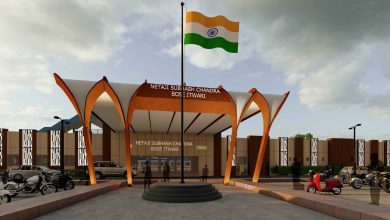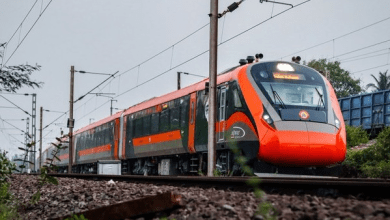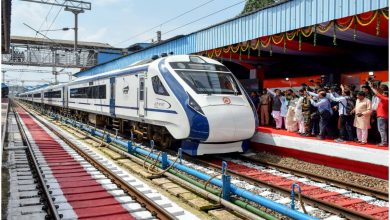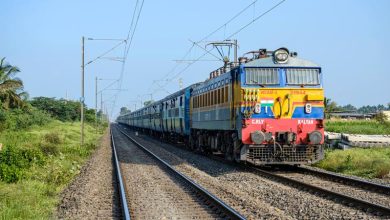Work on Kavach Installation to Start Soon Across CRly and SECR
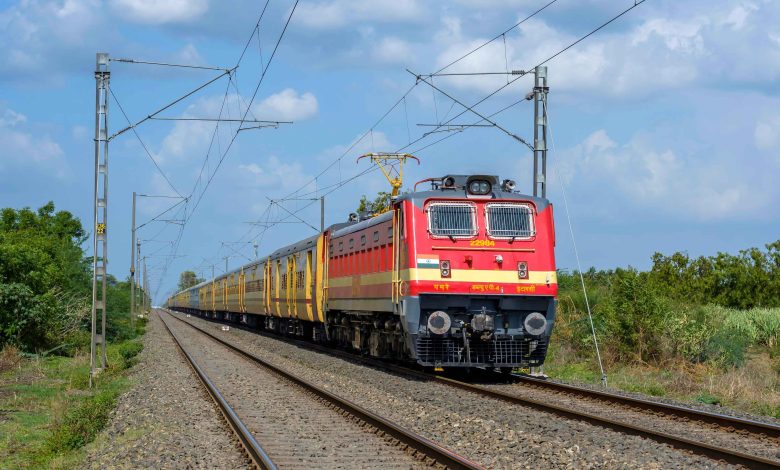
Kavach installation across CRly SECR: The Indian Railways is on a mission to enhance passenger safety with its indigenously developed automatic train protection system, Kavach. Soon to be installed across several divisions of Central Railway (CR) and South East Central Railway (SECR), Kavach will act as a shield for trains, helping prevent collisions and enhancing safety, especially under challenging weather conditions.
1. Kavach
Kavach is the Indian Railways’ homegrown Automatic Train Protection System (ATPS), designed to reduce the risk of train collisions by automatically controlling train operations if needed. This system, created by the Research Designs and Standards Organization (RDSO), works in collaboration with various Indian industries to maintain efficient and safe rail travel.
2. Why is Kavach Needed?
India’s railway network is among the most extensive and heavily used in the world, with over 68,000 kilometers of routes. With increasing rail traffic and the movement of both passengers and freight, safety enhancements are crucial. Traditional manual and semi-automatic safety measures have limitations, particularly during high-speed operations or adverse weather conditions. Kavach aims to address these challenges effectively.
3. Key Features of Kavach
The Kavach system incorporates a range of advanced safety features, including:
- Automatic Braking: Applies brakes if the loco pilot fails to do so.
- Signal Repetition: Repeats line-side signals inside the driver’s cabin for easier control.
- Speed Control: Limits train speed automatically to prevent accidents.
- Auto-Whistling: Activates at level crossings for increased alertness.
- Collision Avoidance: Direct communication between locomotives to avoid collisions.
- SOS Alerts: Allows immediate communication in emergencies to stop nearby trains.
4. History and Development of Kavach
Kavach was developed under the leadership of the RDSO in collaboration with Indian manufacturers and was approved as the national ATPS in July 2020. It has already been successfully implemented on sections of the South Central Railway (SCR), covering over 1,465 kilometers and equipping 144 locomotives.
5. Upcoming Installation Plans (Kavach installation across CRly SECR)
Kavach installation across CRly SECR: The next phase of Kavach installation will cover routes in the Central Railway (CR) divisions of Nagpur, Solapur, Mumbai, Bhusawal, and Pune, as well as the Nagpur to Jharsugda section under SECR. The Indian Railways has floated multiple tenders for this purpose, focusing on individual components like towers, equipment, and communication systems.
6. Budget and Funding Allocation
The Indian Railways allocated ₹1,217 crore to Kavach installation as of August 2024, with an additional ₹1,113 crore earmarked for the 2024-25 fiscal year. For the Nagpur division alone, the project will cost an estimated ₹260 crore.
7. How Kavach Enhances Train Safety
The system continuously updates the train’s movement authority, automatically adjusting operations based on real-time conditions. By allowing automatic control over speed and braking and providing SOS functionality, Kavach is expected to substantially reduce human error and improve overall train safety.
8. Installation Details by Region
The upcoming installation phase includes:
- Nagpur to Jharsugda: A critical SECR section with high traffic density.
- Mumbai-Howrah and Mumbai-Katni-Bilaspur: Part of the nation’s busiest freight corridors, these routes see a high volume of coal and goods traffic, which can increase the risk of derailments and collisions.
9. Future Goals for Kavach Expansion
Indian Railways has ambitious plans to cover over 36,545 kilometers of routes with Kavach, out of the total 68,000 kilometers. Officials are targeting high-density routes, including sections between New Delhi and Mumbai, and New Delhi and Howrah, for completion by March 2025.
10. Challenges in Kavach Installation
The complexity of the railway infrastructure and the scale of the project pose challenges. Additionally, coordinating multiple vendors for different system components, such as mobile towers, equipment, and cabling, requires meticulous planning.
11. Railway Officials’ Perspective
According to SrDCM Aman Mittal, Kavach has been successfully tested and proven effective, paving the way for this broader rollout. Officials believe that Kavach’s reliable technology will greatly improve safety on the nation’s railways.
12. Comparative Global Train Protection Systems
India’s Kavach system is comparable to the European Train Control System (ETCS) and Positive Train Control (PTC) used in the United States. While these international systems are more established, Kavach offers a cost-effective, tailored solution for India’s unique rail infrastructure.
13. Impact on Freight and Passenger Routes
With a large volume of freight moving through CR and SECR divisions, including coal and other heavy goods, the installation of Kavach is expected to bring enhanced reliability and operational safety, benefiting both freight and passenger transport.
14. Environmental Benefits
By improving efficiency and reducing the likelihood of derailments or accidents, Kavach can help minimize delays and fuel wastage, indirectly reducing the railways’ carbon footprint.
The installation of Kavach represents a significant step forward in Indian Railways’ safety protocols, particularly on its busiest and most essential routes. This automatic train protection system is set to transform the reliability and safety of train travel, ensuring better service for passengers and freight operators alike.
- What is the purpose of Kavach?
Kavach is designed to prevent collisions and enhance train safety through automated control systems. - Which railway routes will get Kavach next?
Kavach installation will focus on sections in CR (Nagpur, Solapur, Mumbai, Bhusawal, Pune) and SECR (Nagpur to Jharsugda). - How much budget has been allocated to Kavach?
Indian Railways has allocated over ₹2,300 crore to Kavach installation for 2024-25. - When is the Kavach installation expected to complete?
The target for completing the current installations is by March 2025. - Does Kavach work during bad weather?
Yes, Kavach is designed to function effectively even in adverse weather, providing reliable train control.





